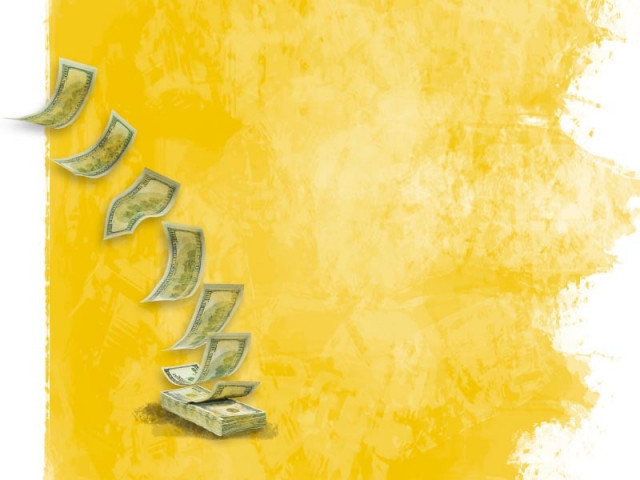
Pakistan badly needs fresh foreign money for boosting foreign exchange reserves and to ease down pressure on Pak rupee. To avoid a full-blown crisis and a collapse of the currency, the assistance of a $6.6 billion loan from the IMF may be a ray of hope but at the cost of crowding out of the private sector, because in order to fulfill the conditions set by the IMF, the government hiked the interest rates.
The flexible exchange rate that prevails in Pakistan increases uncertainty for traders both internally and externally and also has a hash effect on a volume of foreign debt which might eventually lead to the depression and unwanted inflation.
In Pakistan external loans are contracted in various currencies but disbursements are effectively converted into Pak Rupee. As Pak Rupee is not an internationally traded currency, the other currencies are bought and sold via selling and buying of US Dollar. Hence, currency exposure of foreign debt originates from two sources: US Dollar/other foreign currencies and Pak Rupee/US Dollar. This two-pronged exchange rate has been a major source of increase in the stock of EDL over a period of time.
Pakistan’s external debt and liabilities (EDL) include all foreign currency debt contracted by the public and private sector, as well as foreign exchange liabilities of the State Bank.
According to the data compiled by State Bank of Pakistan: External Debt in Pakistan decreased to 59.561 USD billion in the second quarter of 2013 from 60.9 USD billion in the first quarter of 2013. From 2002 until 2013, Pakistan External Debt averaged 47.037 USD billion reaching an all-time high of 66.451 USD Million in December of 2011 and a record low of 33.172 USD billion in September of 2004.
Exchange rate is a determinant factor of international transactions. A comprehensive research on the subject matter showed that highly indebted nations like Pakistan find it difficult to progress despite their incessant efforts as a result of fluctuations on the exchange rates. The depreciation of nation’s exchange rate is a result of its deficits; however this will increase the debt service payment in domestic currency.
In current scenario, total foreign debt of the country stood at dollar 59.5 billion and depreciation of one rupee per dollar would increase the debt by Rs59.5 billion. Since the Pak rupee had depreciated between six rupees and seven rupees over the last few weeks, national debt would have increased by around Rs357 billion and spiked inflation.
As far as composition of External Debt and Liabilities is concerned, EDL has been dominated by public and Publicly Guaranteed Debt having share of 73 percent owing to current account deficit which is financed through loans from multilateral and bilateral donors. Debt obligations of private sector are fairly limited and have been a minor proportion of EDL (5 percent). Borrowing from IMF contributed 9 percent in EDL stock as compared with 11 percent at the end of 2011-12 owing to hefty repayments during the first nine months of current fiscal year.
The servicing on EDL was recorded at US$ 5.3 billion during first nine months of current fiscal year. Out of total debt servicing, an amount of US$ 3.9 billion was repaid, out of which around US$ 2 billion was against IMF loans. Loan repayments to the IMF has strained the rupee and drained forex reserves.
According to the IMF, Pakistan’s current level of foreign reserves is critically low at 5.4 billion US dollars, whereas the IMF’s adequacy metric suggests a level of 14 billion US dollars for countries with a floating exchange rate and 23 billion US dollars for countries with a fixed exchange rate. The low level of reserves leaves the economy susceptible to a number of triggers that could result in a BoP crisis, similar to in 2008.
Given the heavy amount of external debt payable, the current continuous currency depreciation will put heavy burden on the country’s economy. Therefore, Pakistan should adopt policy of stabilising the exchange rate, in order to protect the country against the increase in debt.
If Pakistan could manage to earn current account surplus over a number of years, the supply of foreign exchange would automatically increase in the free and interbank markets.
The writer is a researcher at the Economic Growth Unit of Sustainable Development Policy Institute
Published in The Express Tribune, October 21st, 2013.
Like Business on Facebook, follow @TribuneBiz on Twitter to stay informed and join in the conversation.

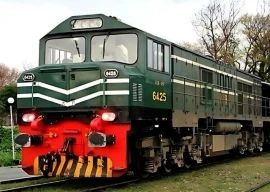



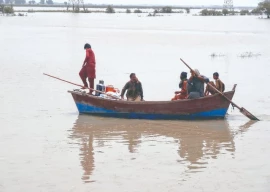


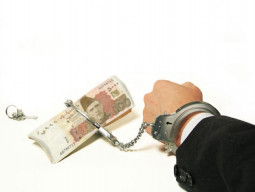


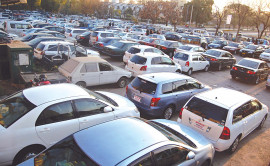






COMMENTS
Comments are moderated and generally will be posted if they are on-topic and not abusive.
For more information, please see our Comments FAQ